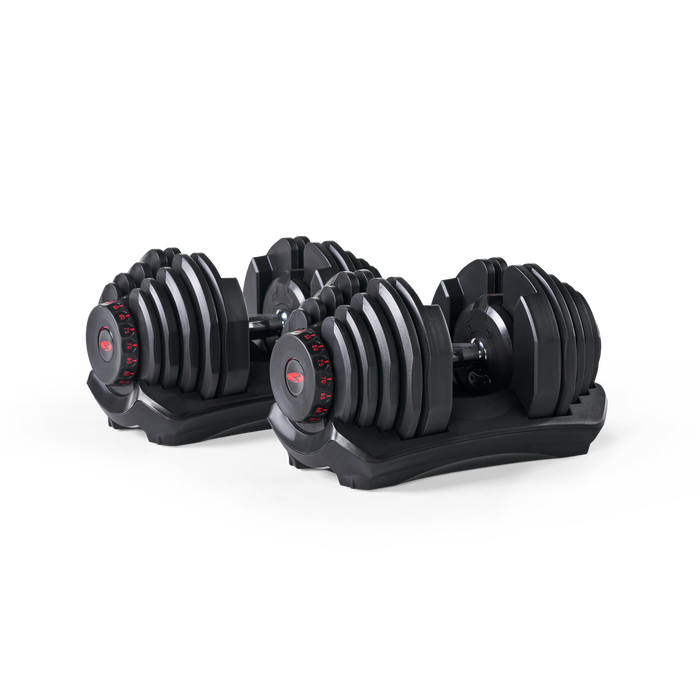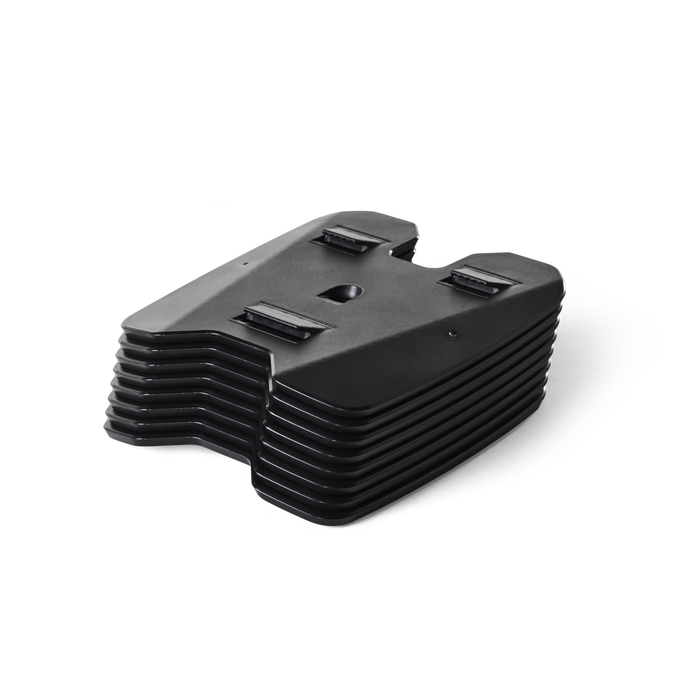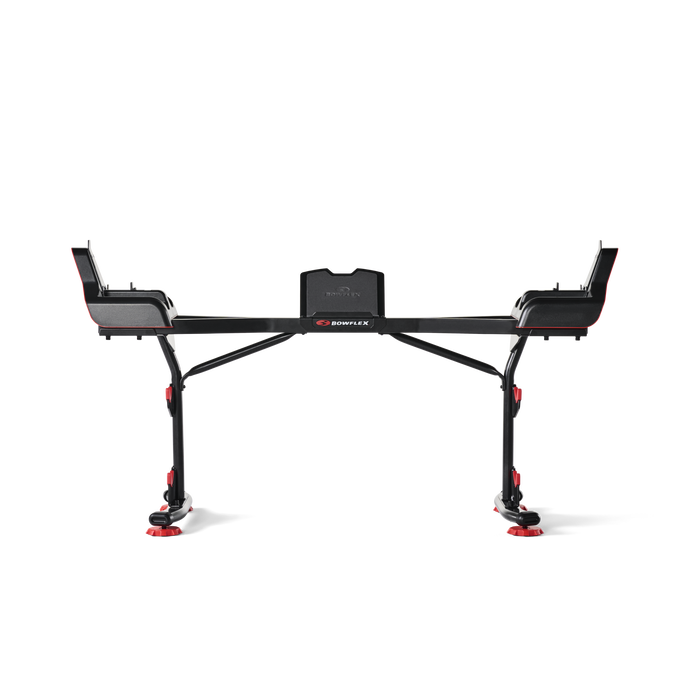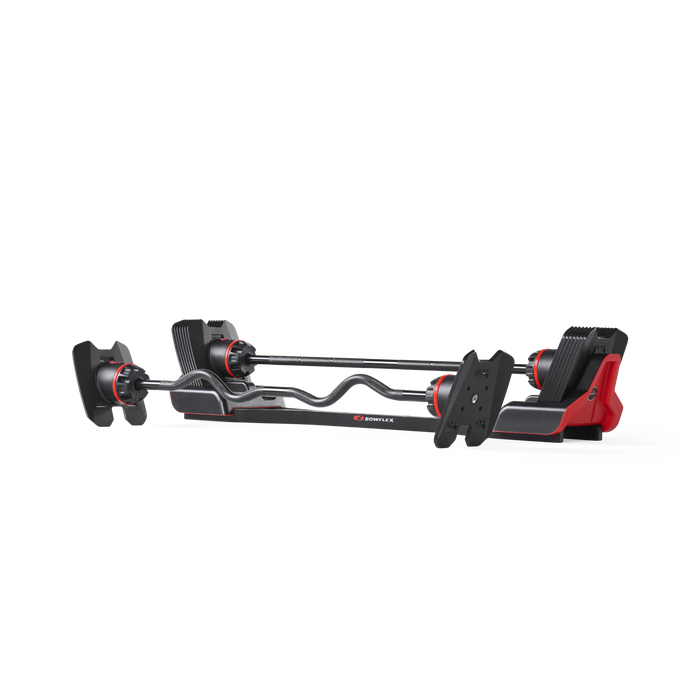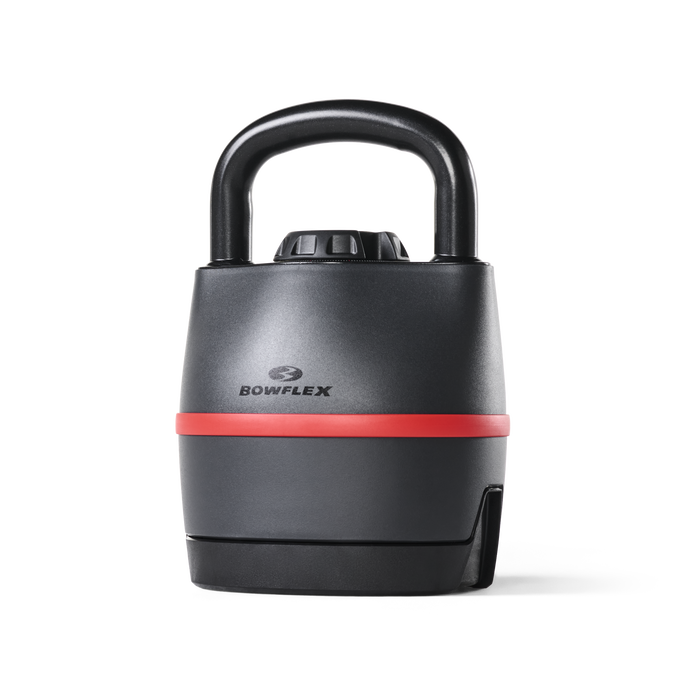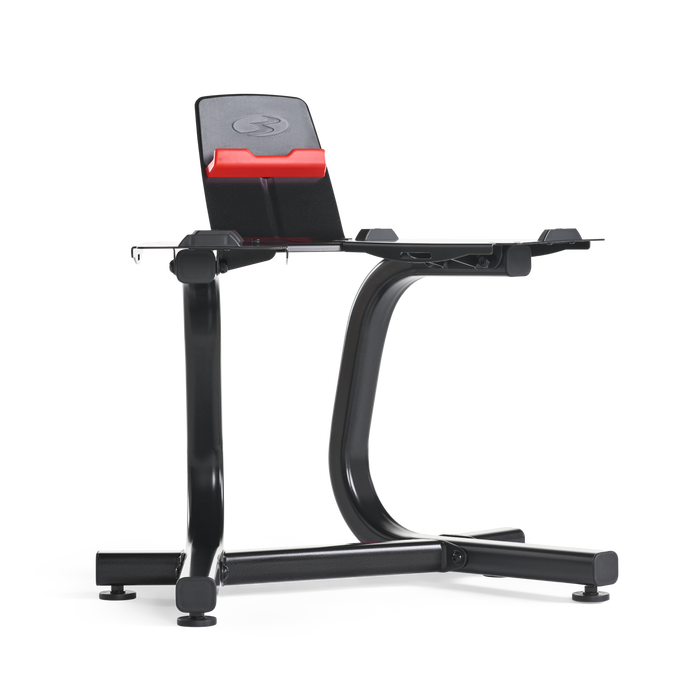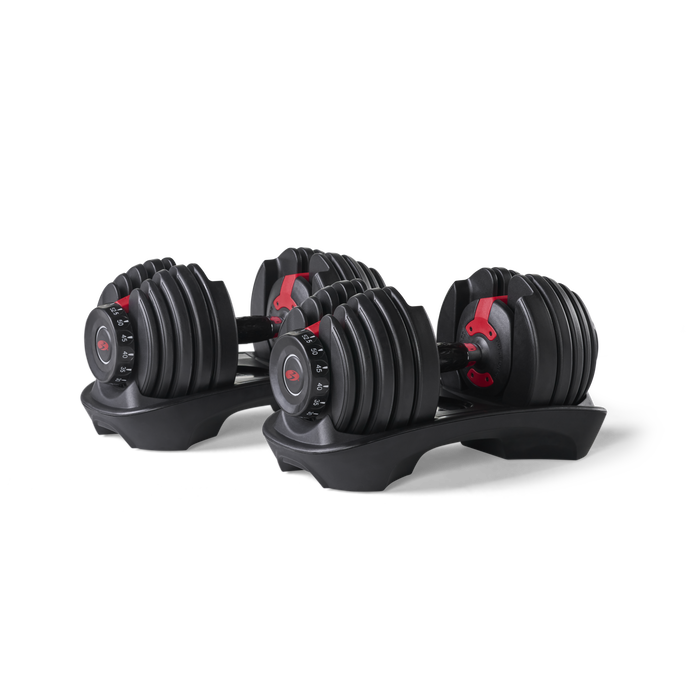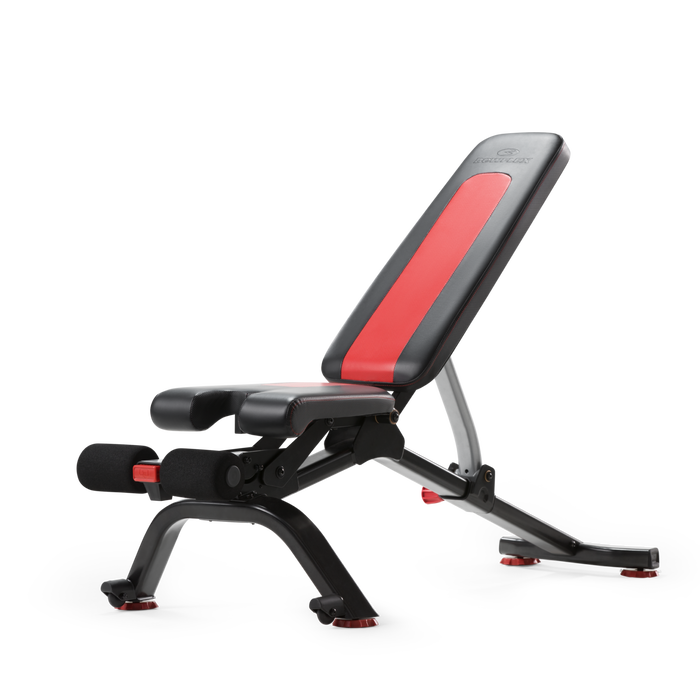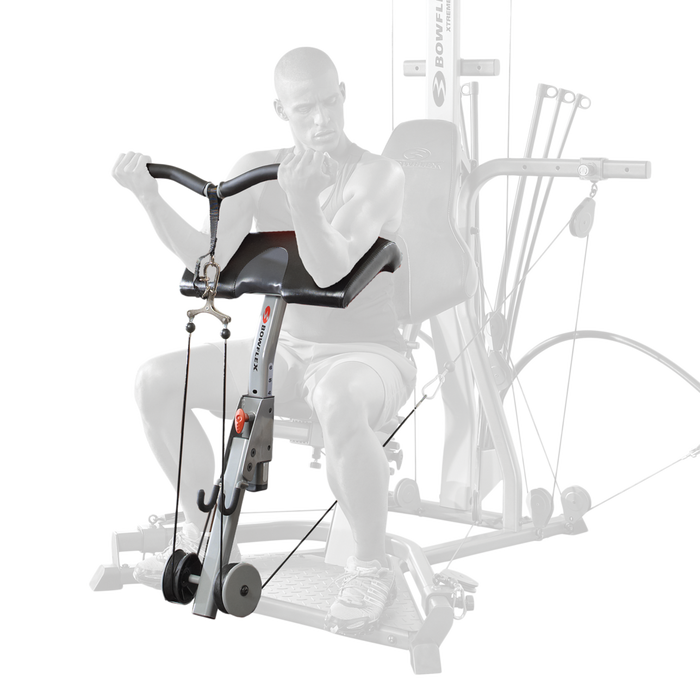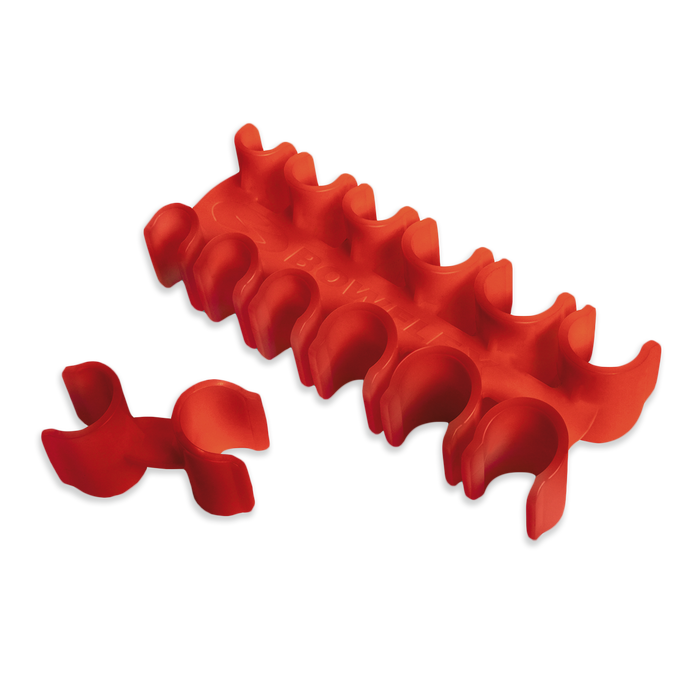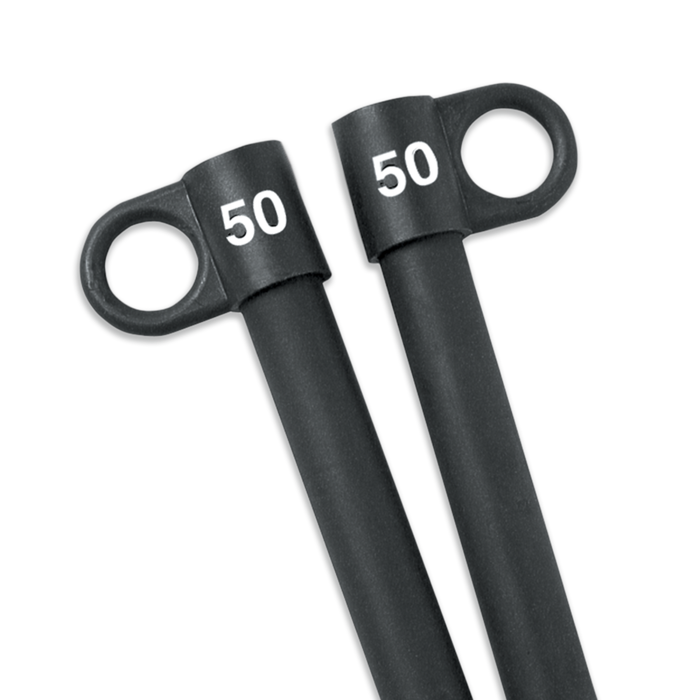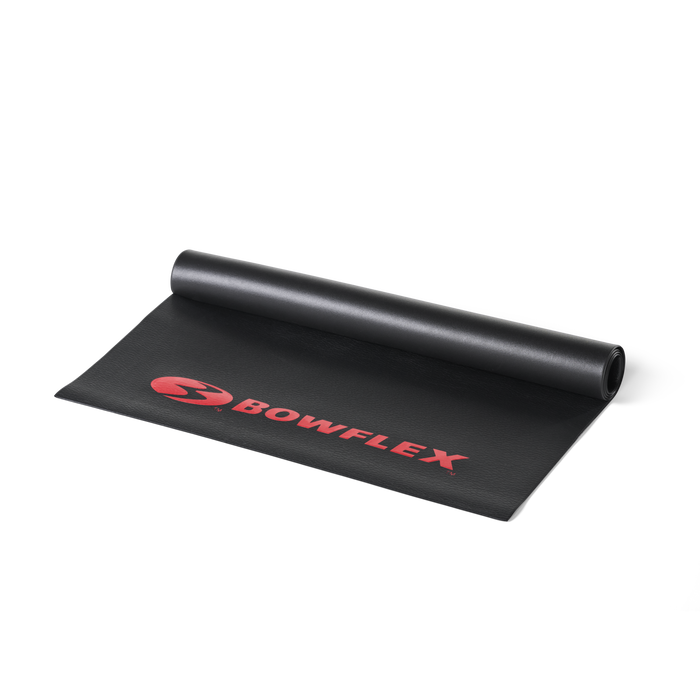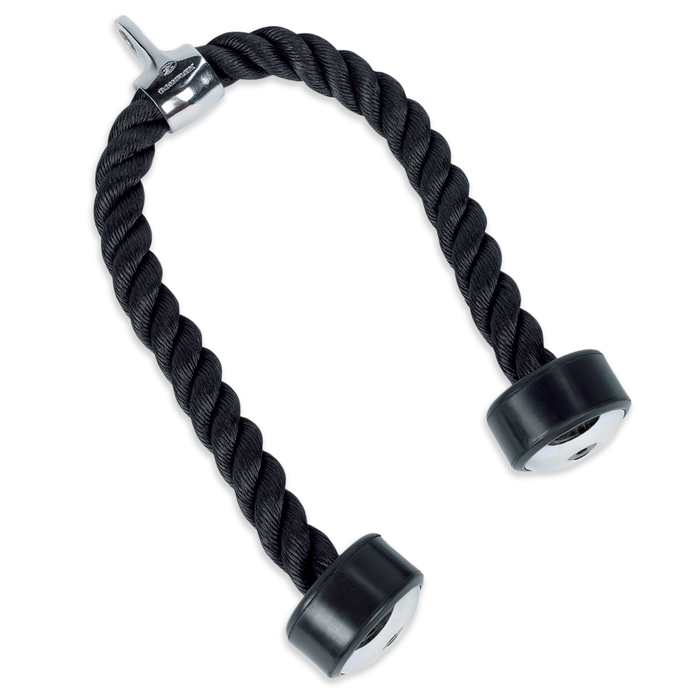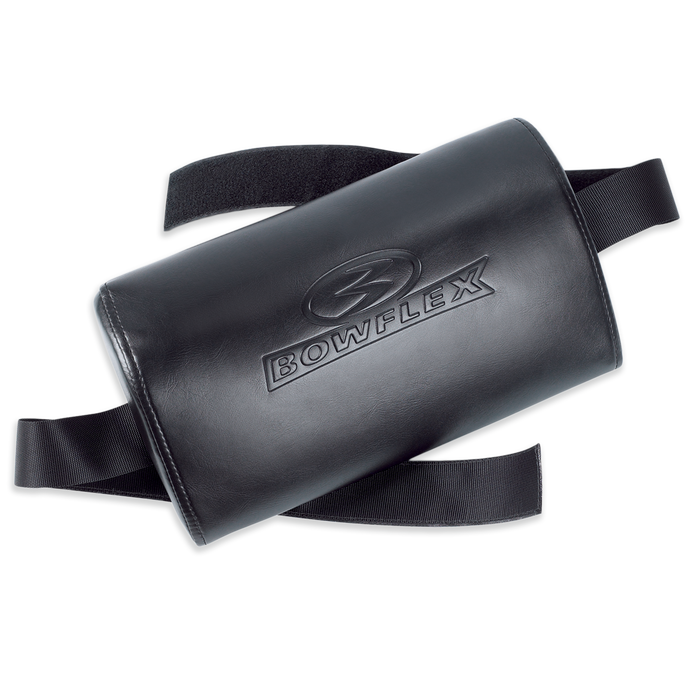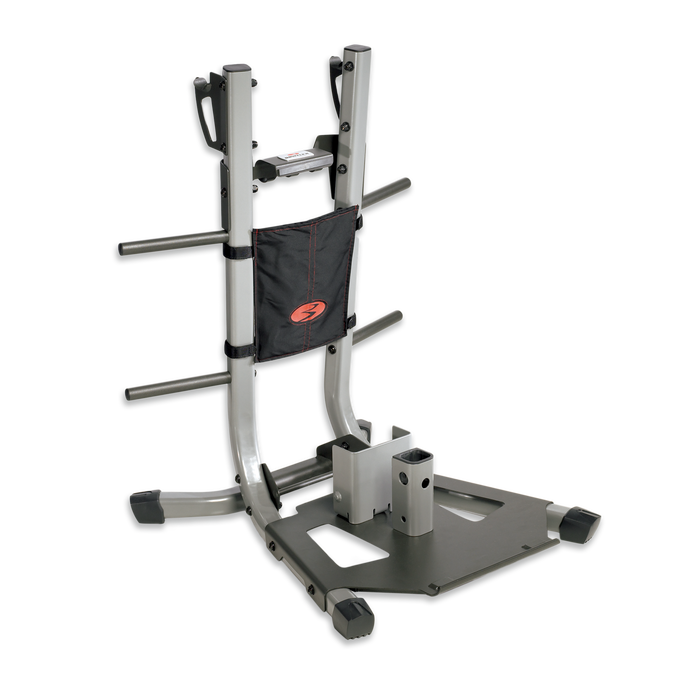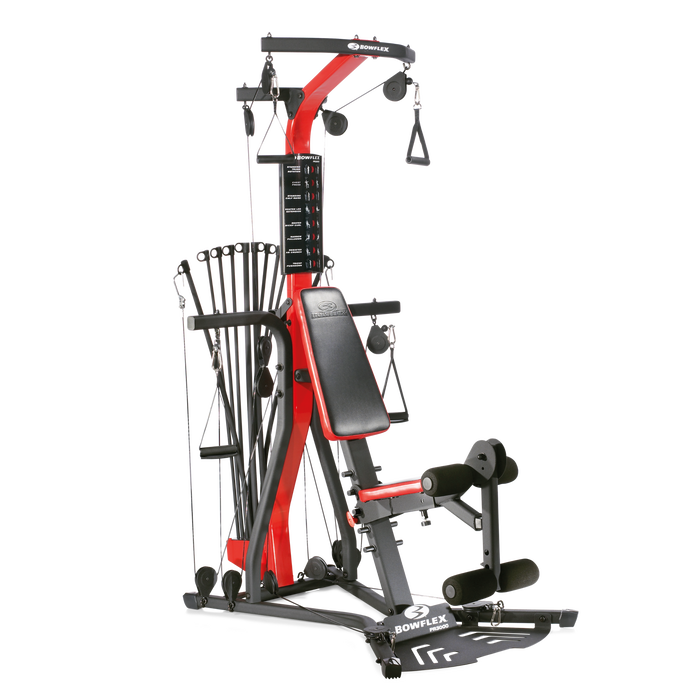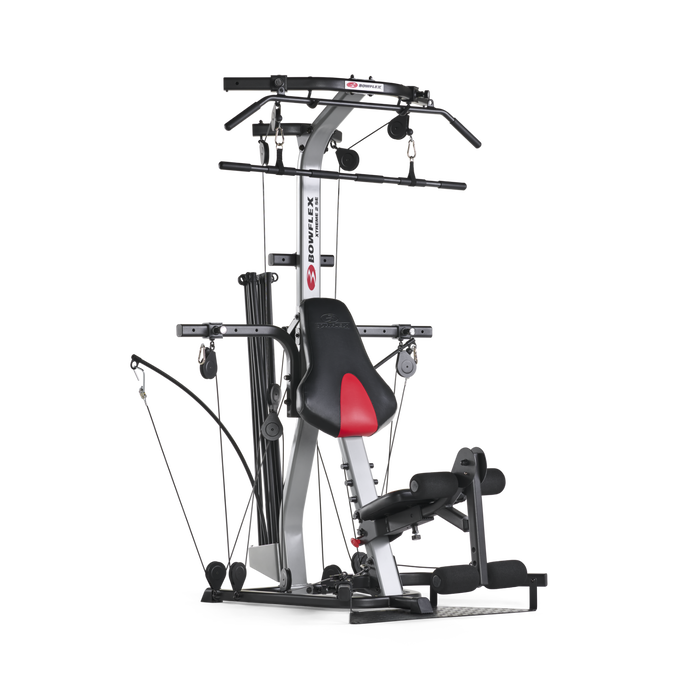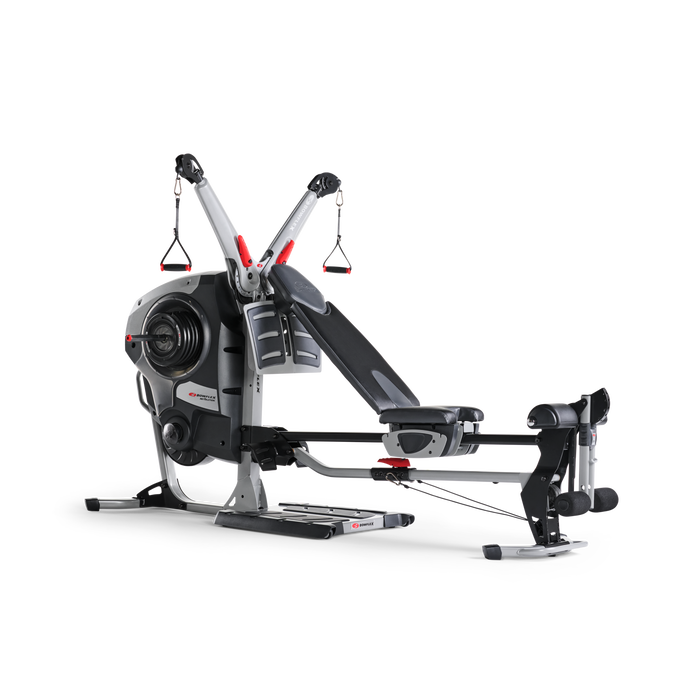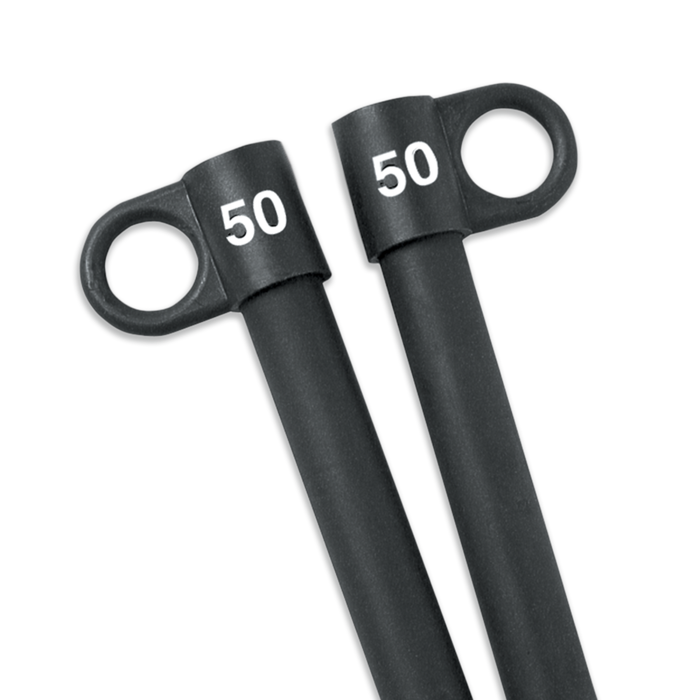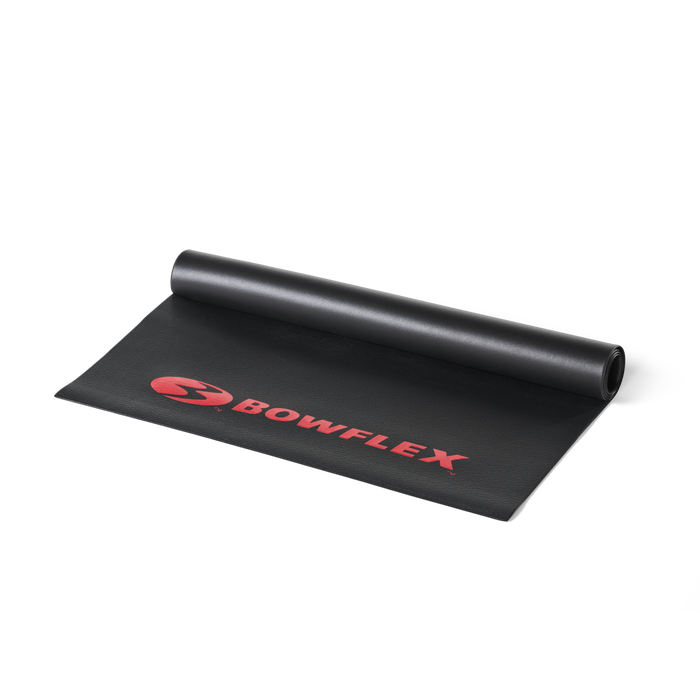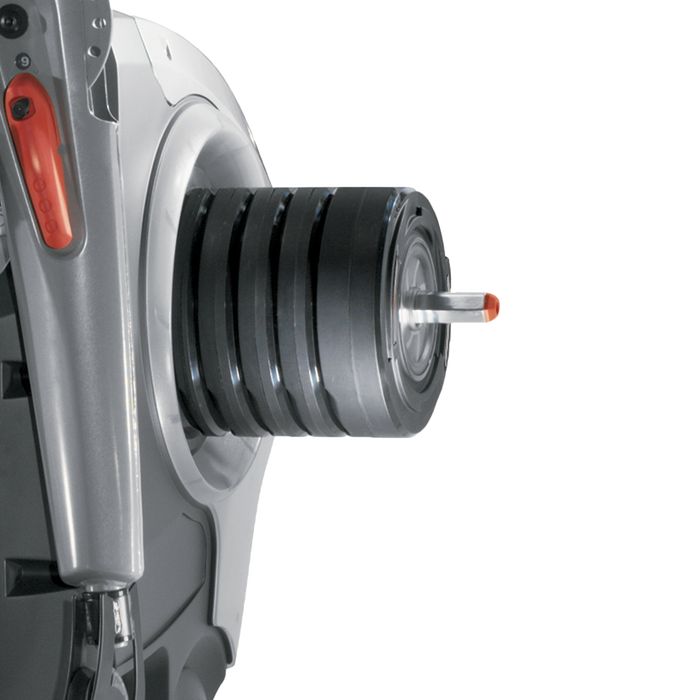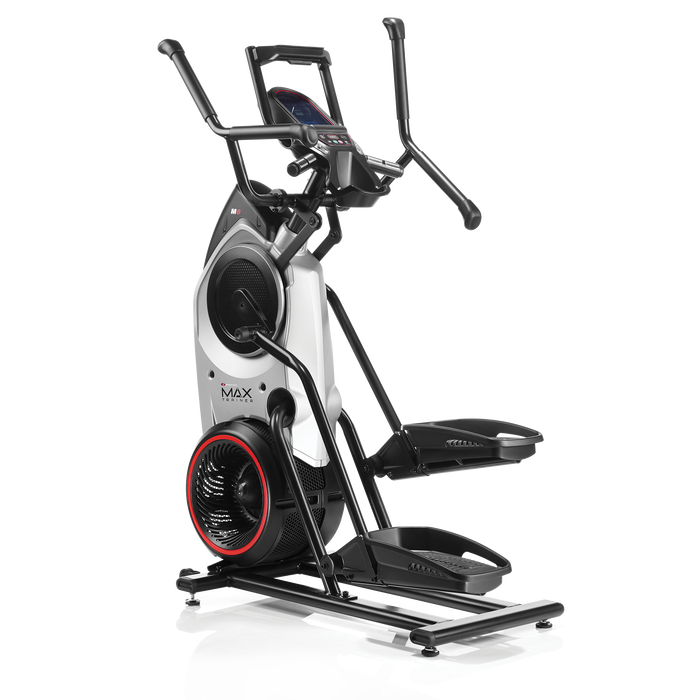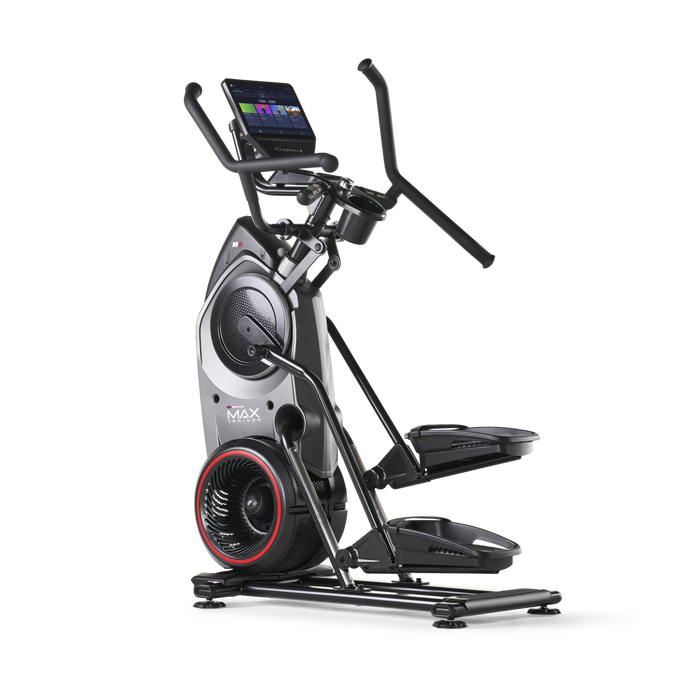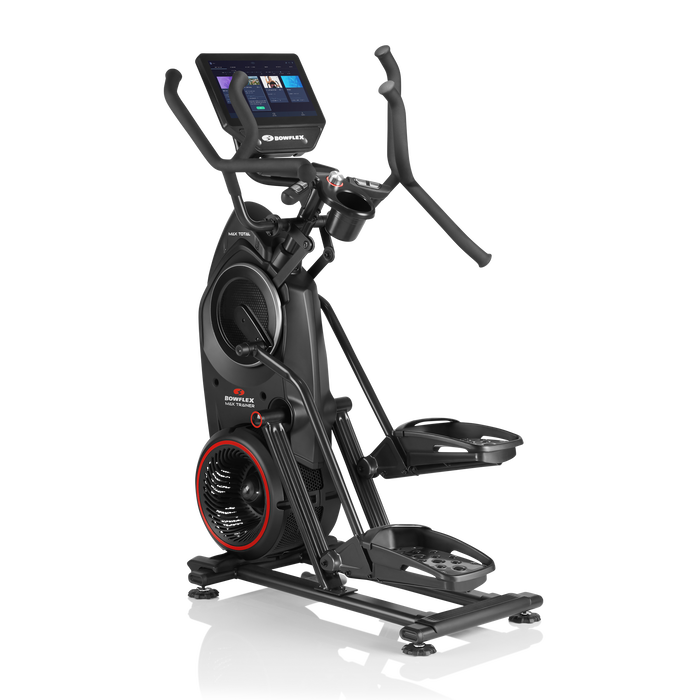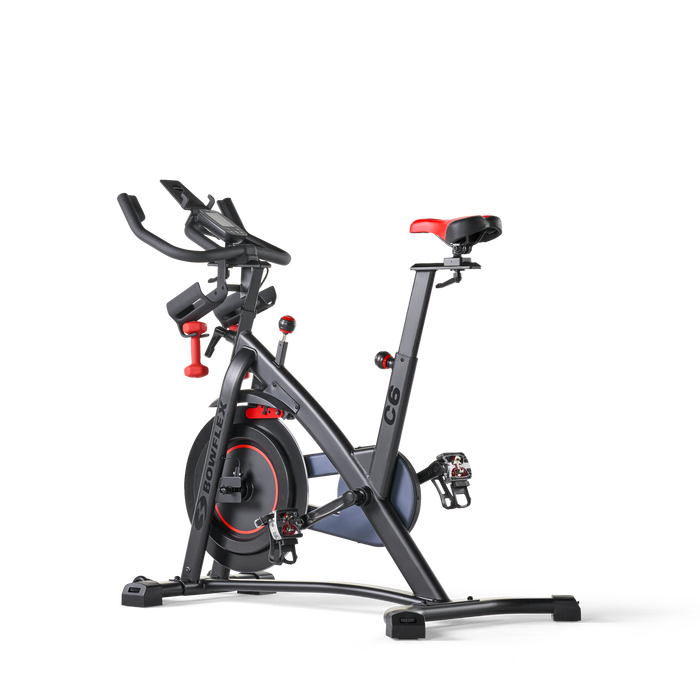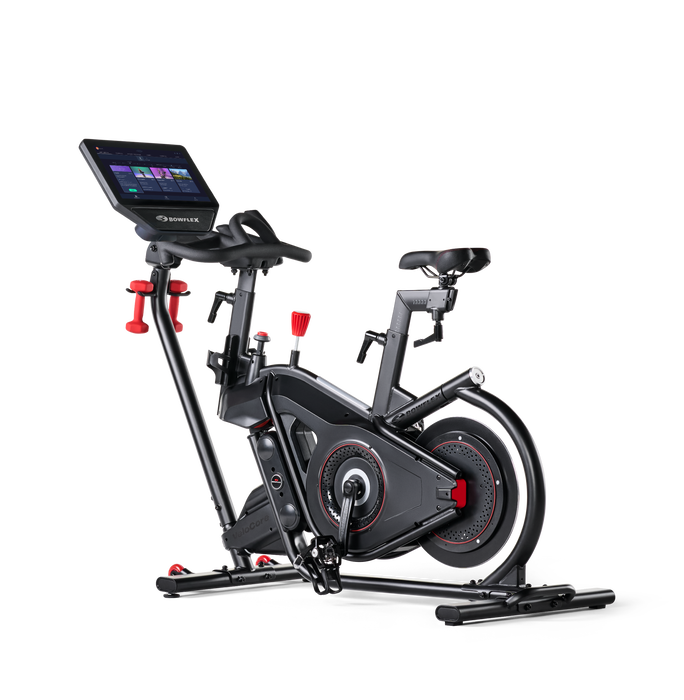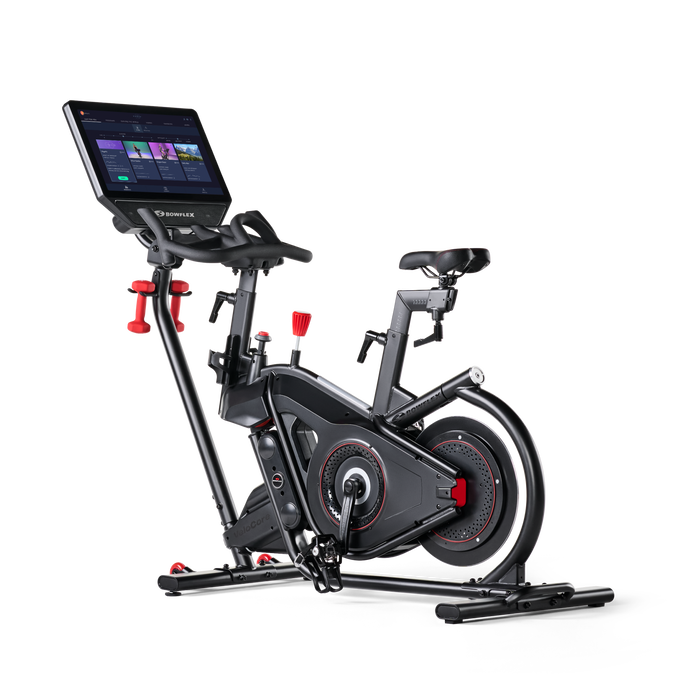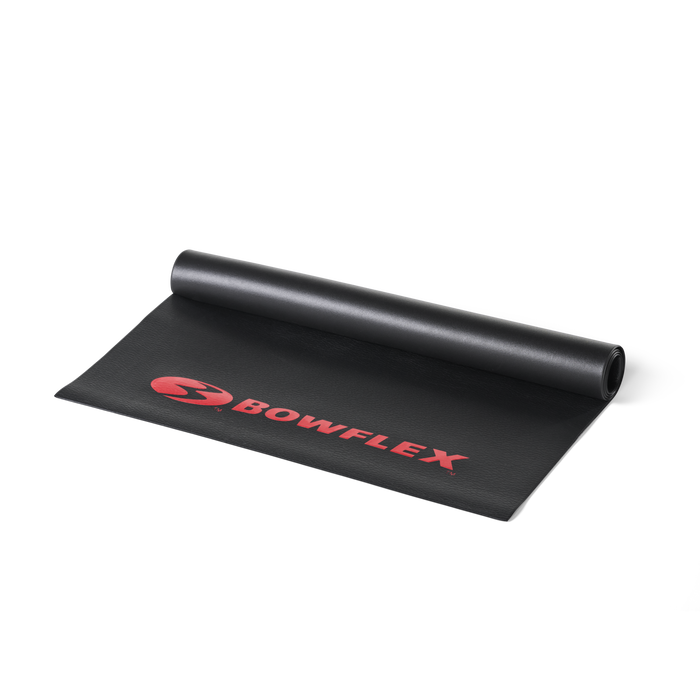Total Body Kettlebell Workout

Everyone knows that exercise is important, but not everyone does it. In fact, the vast majority of people in the United States and around the world have a hard time fitting fitness in. Obesity is on the rise, and a sedentary lifestyle is becoming all too common. When asked, most people say they don't exercise because they don't have the equipment, time or know-how to get a good workout in. Well, there's one thing that can change that forever: it's called a kettlebell.
The Need to Know
First things first: it's kettleBELL not kettlebellBALL. If you're not sure what a kettlebell is, keep an eye out for a small bowling ball shaped weight with a handle attached. From the instant you first look at the kettlebell, you'll realize that it's unlike any other piece of exercise equipment. Your instincts will prove right when you pick it up in attempt to use it. Unlike a barbell or dumbbell that has an equal distribution of weight, the kettlebell is designed to be unbalanced. It's asymmetrical for a reason. It's made to be swung, flipped and pressed as part of a total body workout routine.
Benefits of the 'Bell
Remember why people say that they don't exercise – equipment, time and know-how. Well kettlebell training goes a long way toward eliminating those excuses once and for all. First, let's consider the equipment. You need one, maybe two kettlebells to get started. In time you might need more, heavier bells. But, that's a good problem to have.
What about time? We have that covered too. Kettlebell exercises burn more calories in less time than traditional workout regimens. And it's no wonder. Almost every muscle group in the body is called into action to complete moves like the kettlebell swing. In fact, one study found that kettlebell workouts burn more than 20.2 calories per minute. That's like running a 6-minute mile pace!
The only excuse still hanging around is know-how, and we're about to take care of that. Keep reading (and watching) to learn how to perform the kettlebell swing, deadlift high pull, thruster and plank row for a quick and effective total body workout.
All the Right Moves
Your foray into kettlebell training should begin with the two-handed swing. It's a teachable moment of sorts. While it seems like you'll need your arms to pull the weight off the ground, your legs and hips actually do all of the work.
See for yourself.
Kettlebell Swing. Use both hands to grab the kettlebell by the handle. Next, sink into a squat with the weight between the legs. Keep the chest up, core engaged and arms loose. Push into your heels before rising up out of the squatted position. Then, drive through the legs and hips to make the kettlebell swing out to chest height.
Deadlift High Pull. Start with two hands on the handle. Next, sink down into the bottom of the squat position. Keep the arms loose and the chest tall while engaging your core. Push through the heels thrusting the hips while rising to the standing position. As you reach the standing position, pull with your arm,s bring your elbows up to your ears and the weight to chest height.
Thruster. This move is like the deadlift high pull in that it combines two exercises into one. This time it's the front squat and overhead press. Holding the kettlebell with thumbs through the handle and palms around the bell, place the weight at chest height. Then, sit back and down into a squat. At the bottom of the squat be sure to press through your heels using your legs to stand up. As you reach the standing position, press the bell overhead.
Plank Row. This starts with a plank hold, but adds a lat row. In plank position, place a kettlebell outside your right hand. Place all of your weight in your left and stabilize yourself in a plank. Do not balance your right hand on the kettlebell. Instead, grab the kettlebell by its handle and row it along side your body with your elbow high. Complete all of the repetitions on one arm before moving to the next.
Put it Together. After perfecting your form, perform each movement for 30-45 seconds with no rest in between exercises. Rest for 60 seconds after completing all four moves. Then, repeat that circuit two to four more times for a total of three to five sets.
Shop now and SAVE on
Shop now and SAVE on BowFlex SelectTech 840 Adjustable Kettlebells!


